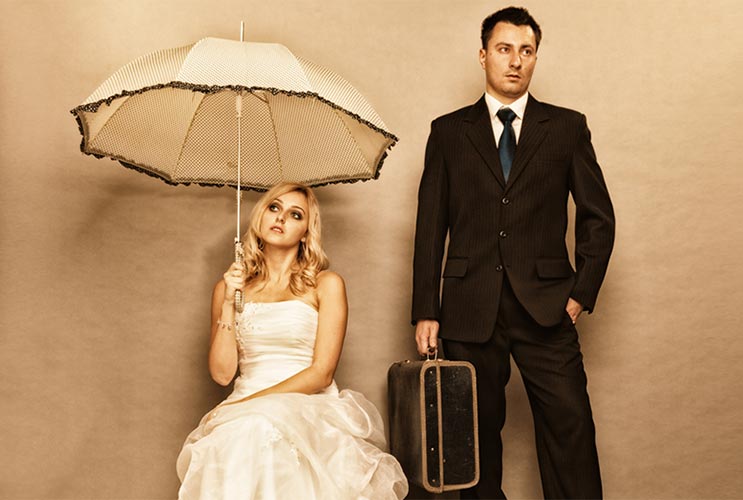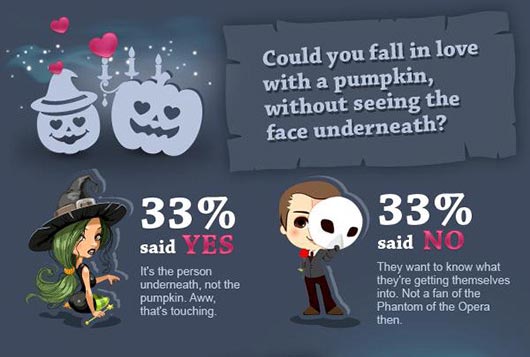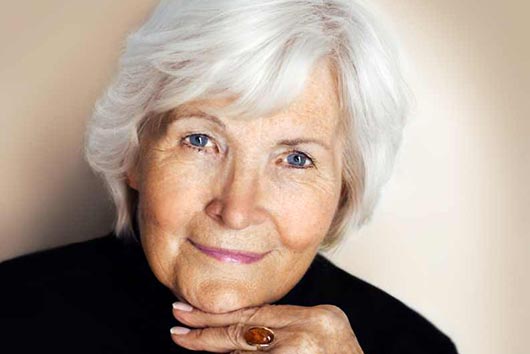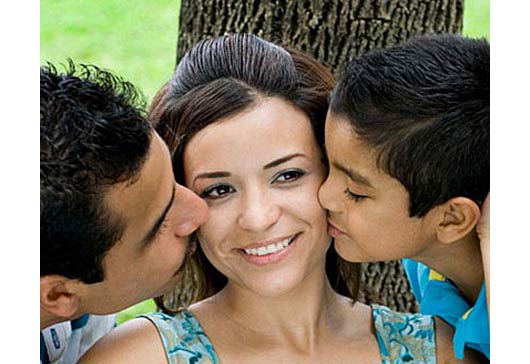
Yep. Here it is: early February the time of year that, in the past, has induced a gag reflex in me and the burning desire to crane-kick random strangers in the style of Mr. Miyagi. A time when everything suddenly goes all shades of pink, red, and magenta—as if a giant bowl of melted berry sorbet had been spilled all over the whole world. The insidious onslaught of white teddy bears toting bonbons line drugstore shelves like an army of gushing dandies.
For me, it has always been a wretched holiday, represented by lame prix fixe menus, bad flowers, and tacky lingerie. In my view, the only redeeming quality of Valentine’s Day was the fact that it sounded like Valentino, and I eagerly longed for the aforementioned crimson tide to be washed out and replaced by the bright green of St. Patrick’s Day. I know, I know: back then I was a hater—but ultimately experience, life, and mostly family inspiration have since taught me the invaluable lesson that haters are not poised to be lovers.
Read Related: How To Be Single and Love It
A woman’s thirties tend to bring an odd sense of urgency that manifests as random acts of desperation, ranging from casual run-ins with obvious jerks, to bad attitudes on blind dates, to everyone’s favorite threesome—a long night with Ben & Jerry. Though in our thirties we are said to be at our feminine best, when we’re single, we tend to feel our emotional worst—a conundrum that can glaze us like a donut that no one ever wants to eat. Add to this the glaringly depressing statistics on divorce rates, the total collapse of celebrity romances (don’t get me started on Heidi and Seal) and the picture we’re left with can be downright grim.
But sometimes we discover that the answers and insights we seek can be found right under our noses. With a bit of maturity I began to realize that, as a Latina, I come from a family where marriage and commitment unyieldingly underscore our clan’s essence. And where the sanctity of “the couple” has always been a foundation on which the rest of us base our understanding of self. Both sets of grandparents were married for almost six decades each, and my parents (who are approaching forty years together) have ultimately become my barometer for true romance. Not my old fantasy of romance in the why-can’t-I-take-a-nap-on-Ryan-Gossling’s-chest kind of way, but real, actual, tried and true, lasting romance—also known as the highest possible form of genuine friendship.
In my parents and grandparents, I see the possibility of real love, a flash of living, real-time hope that arms me with the will to keep my chin up, and my ice cream intake down. In them I see that love is not some smooth-talking guy I meet in a bar who enchants me with his shpiel about social memes and Crossfit training—but instead the possibility of a life-long friendship with someone who genuinely cherishes my company, laughs at my jokes, and will respect me forever.
It may sound old-fashioned, outdated, and even borderline impossible, but my family’s fairy tale of committed couplehood is the current that keeps my emotional rudder in line. Today, rather than lamenting my singlehood (and fantasizing about egging happy couples on Valentine’s Day), I’m grateful for being raised by folks who, for whatever reason, still believe in true love.











